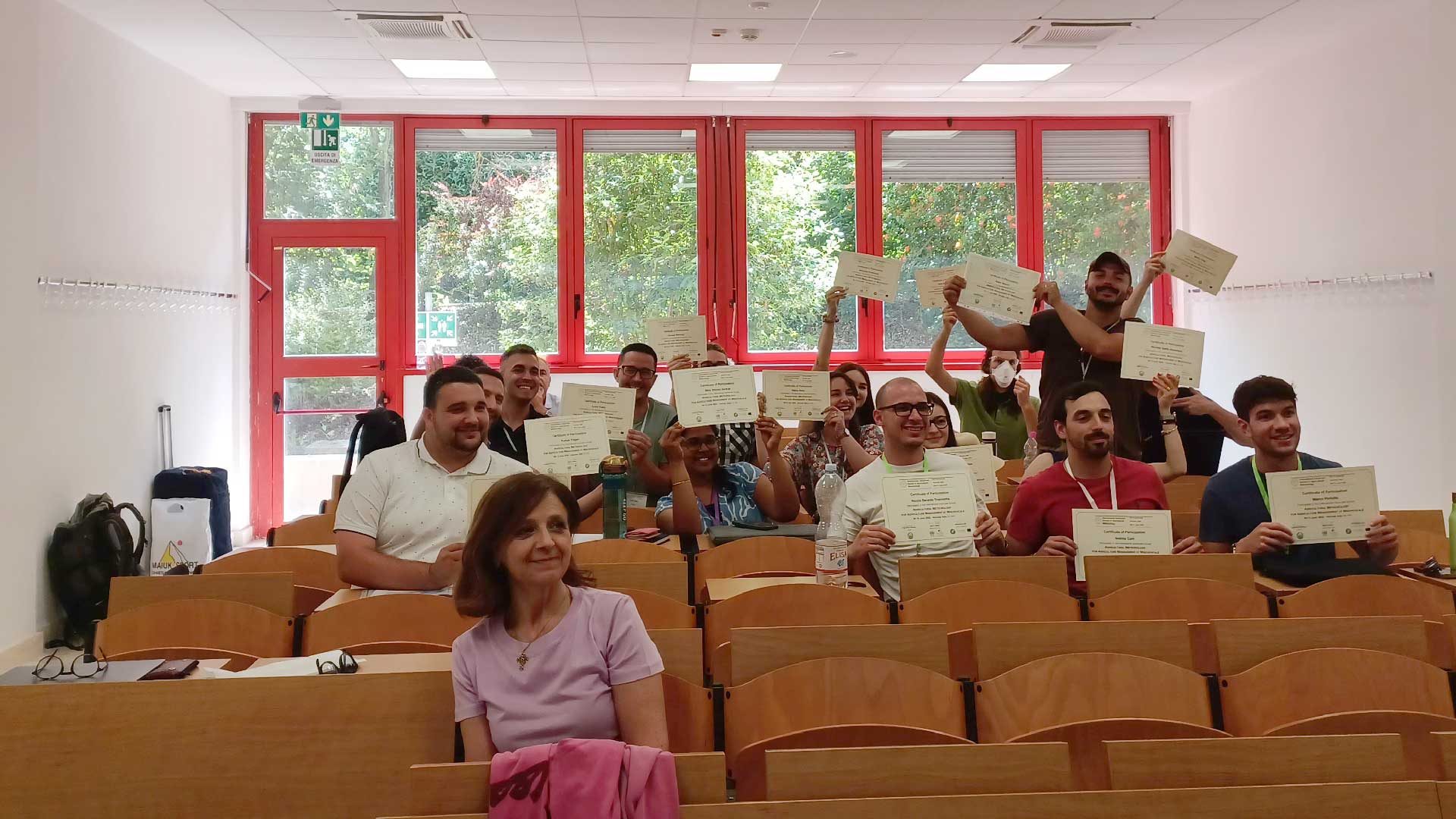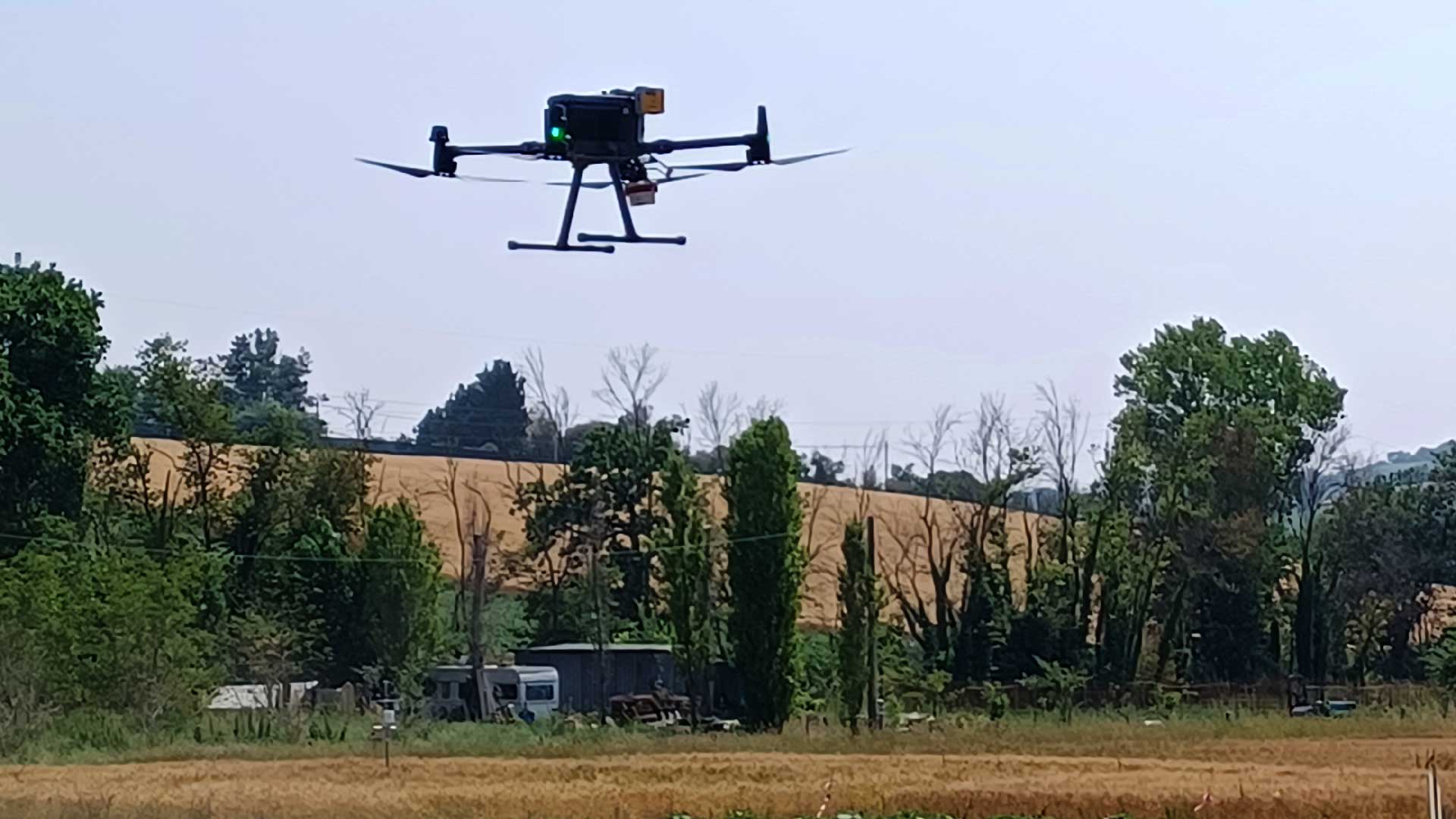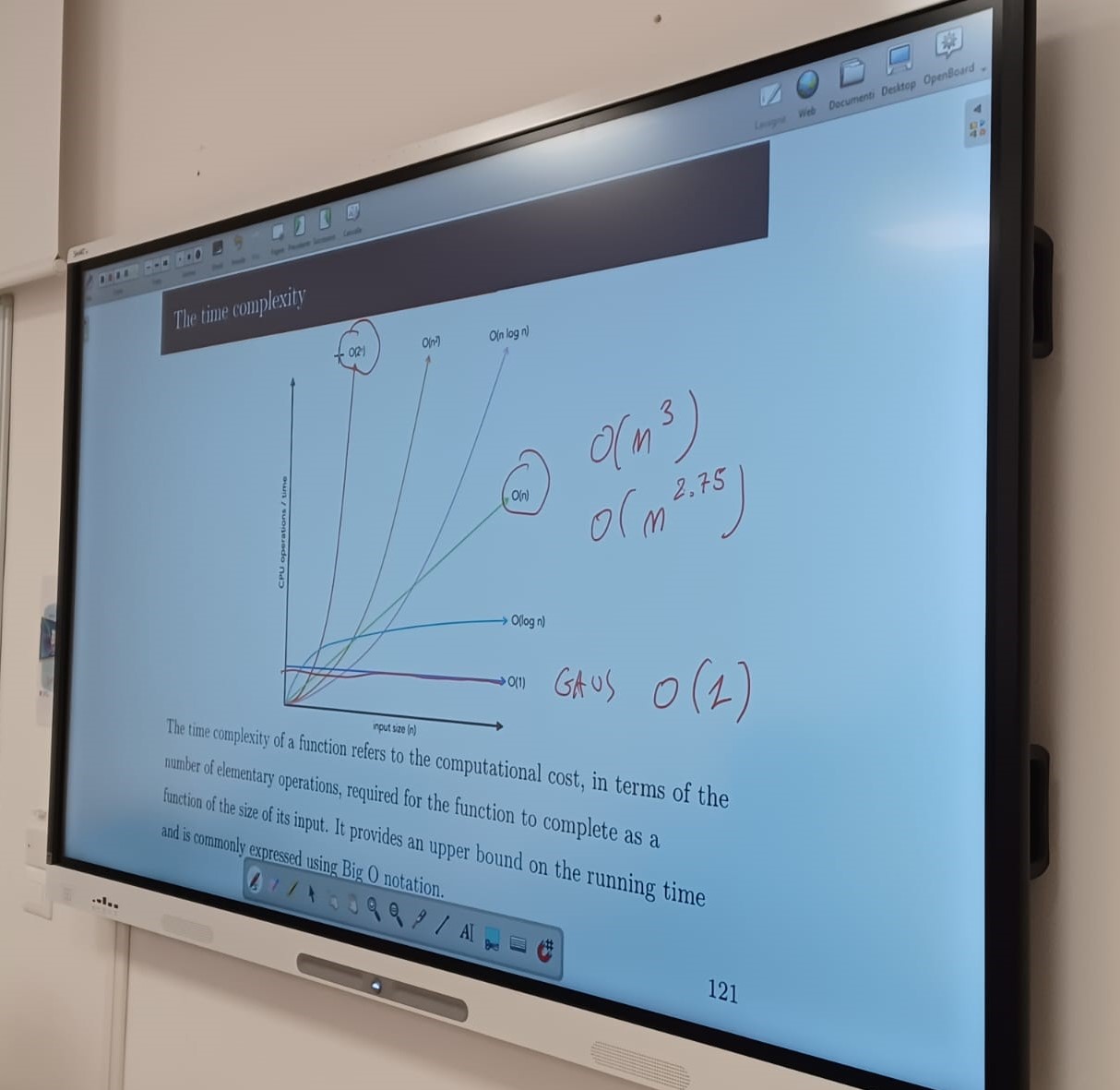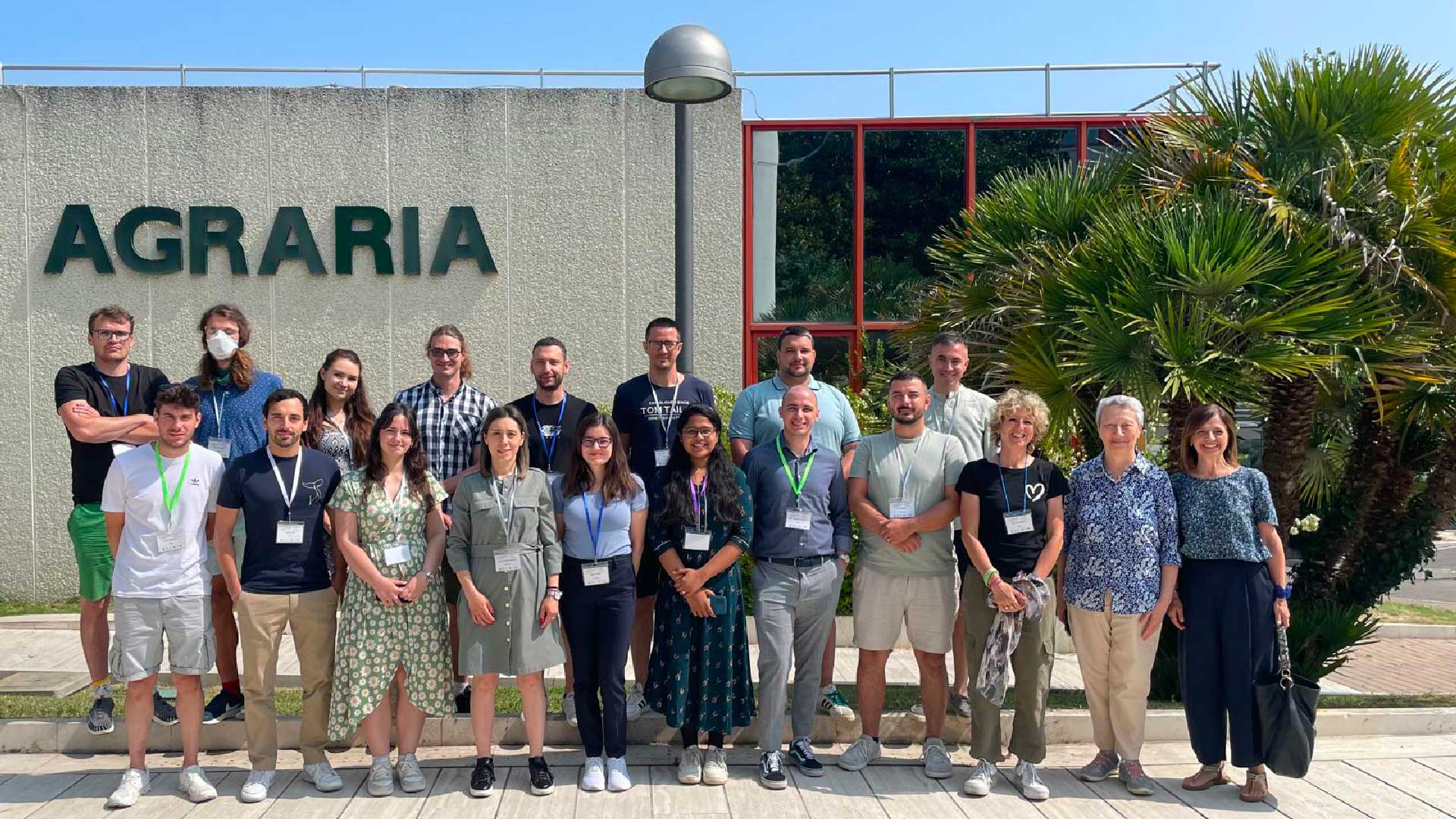Since the 2000s, Niger and Burkina Faso have been increasingly affected by floods, with a peak in 2020 that affected more than one hundred thousand people in Burkina Faso and over six hundred thousand in Niger. Hence, the Sahelian governments have recognized the urgent need to implement early warning systems to help riverine communities cope with the increasing frequency and intensity of extreme hydro-meteorological events in the region.
To address this challenge, the governments of Niger and Burkina Faso prompted to extend the Flood Early Warning System (SLAPIS), developed and tested on the Niger section of the Sirba River as part of the ANADIA2 project.
Who will implement the project?
The SLAPIS Sahel project is jointly formulated by stakeholders from both countries, with the support of the Italian partners of ANADIA2. The project aims to reduce the risk of flooding and adapt to climate change for the most vulnerable populations living along the Sirba and the other tributaries in Niger and Burkina Faso.
The Interuniversity Department of Science, Planning, and Territorial Policies (DIST) of the Politecnico di Torino will carry out the project in collaboration with the Istituto per la Bioeconomia del Consiglio Nazionale delle Ricerche (IBE-CNR), the Direction de la Météorologie Nationale (DMN), and the Direction de l’Hydrologie (DH) of Niger and the Agence Nationale de la Météorologie (ANAM) and the Direction des Etudes et de l’Information sur l’Eau (DEIE) of Burkina Faso.
The project is co-financed by the AICS, Agenzia Italiana per la cooperazione allo sviluppo.
Project Objective
SLAPIS Sahel is an important project that will help vulnerable communities in Niger and Burkina Faso manage the risks associated with flooding and other extreme hydrometeorological phenomena.
The broad objective of the SLAPIS Sahel project is to reduce hydro-meteorological risk and support adaptation to climate change. Its specific aim is to strengthen the skills and capacities of the National Hydrometeorological Services of Burkina Faso and Niger by consolidating cross-border cooperation and reinforcing collaboration between the different administrative levels in each country. These actions are crucial to increase resilience towards floods and other extreme hydrometeorological phenomena.
The initiative’s objectives and expected results align with the United Nations’ Sustainable Development Goals. Its implementation will contribute significantly to the countries’ sectoral strategies, ultimately leading to sustainable development in the region.






